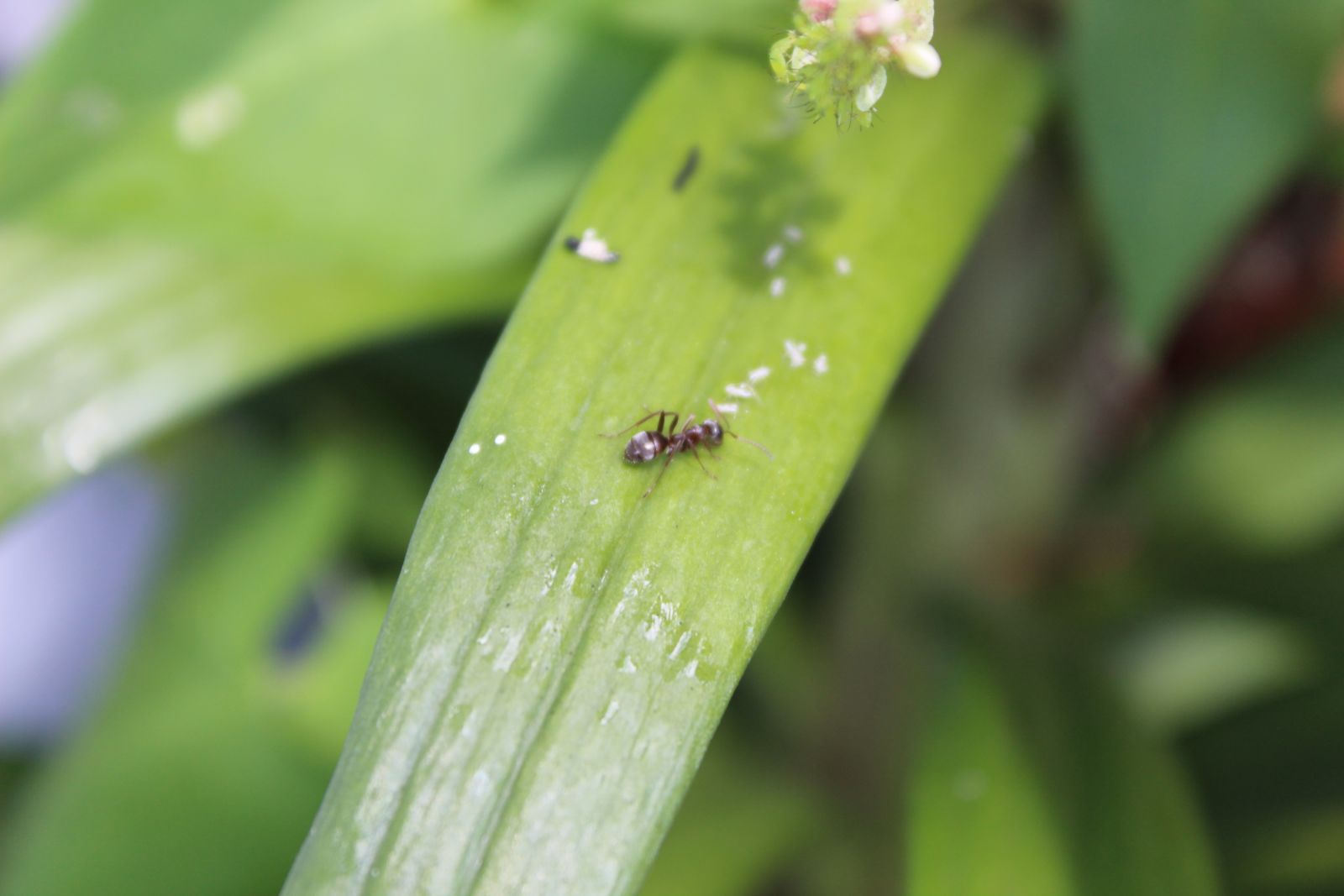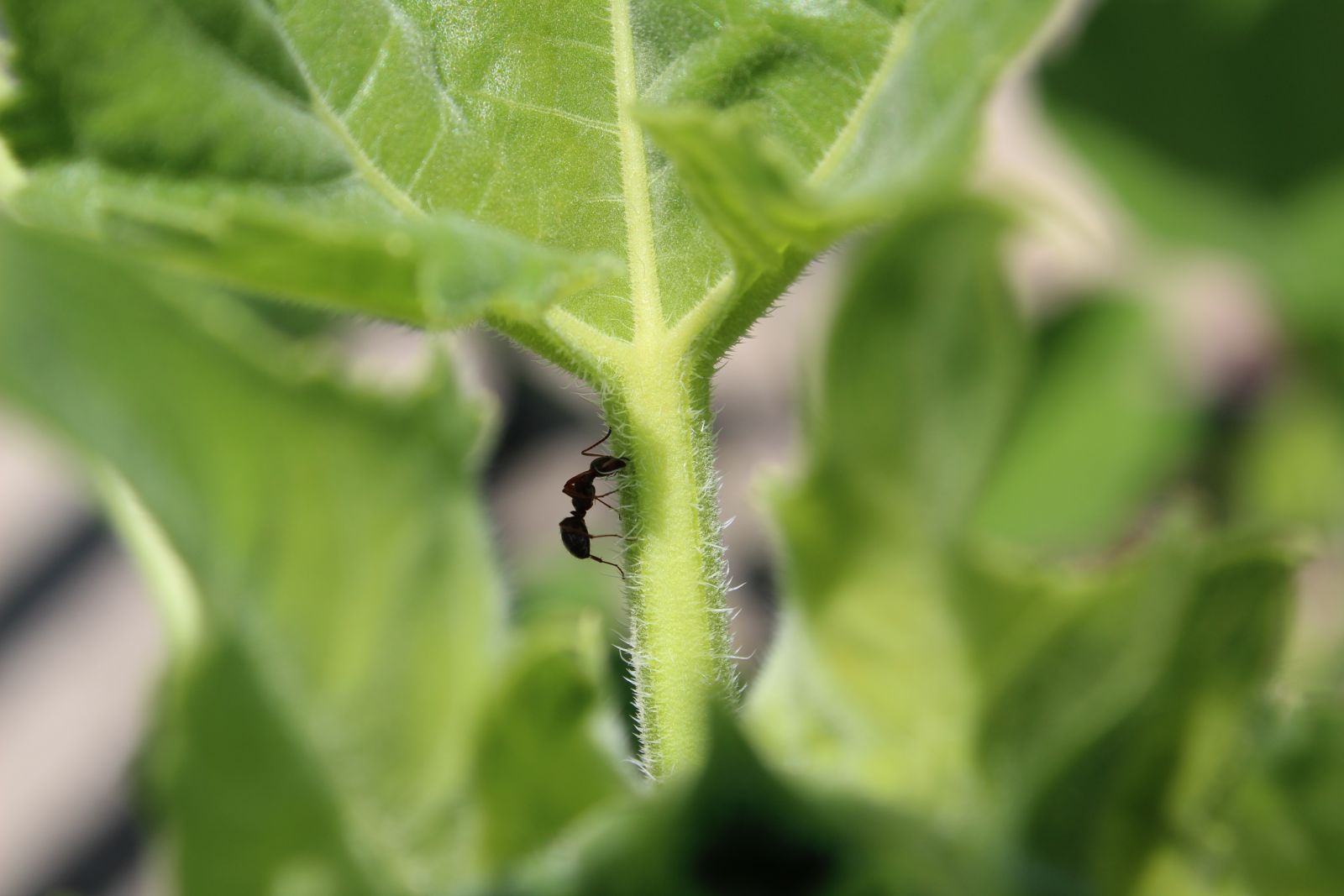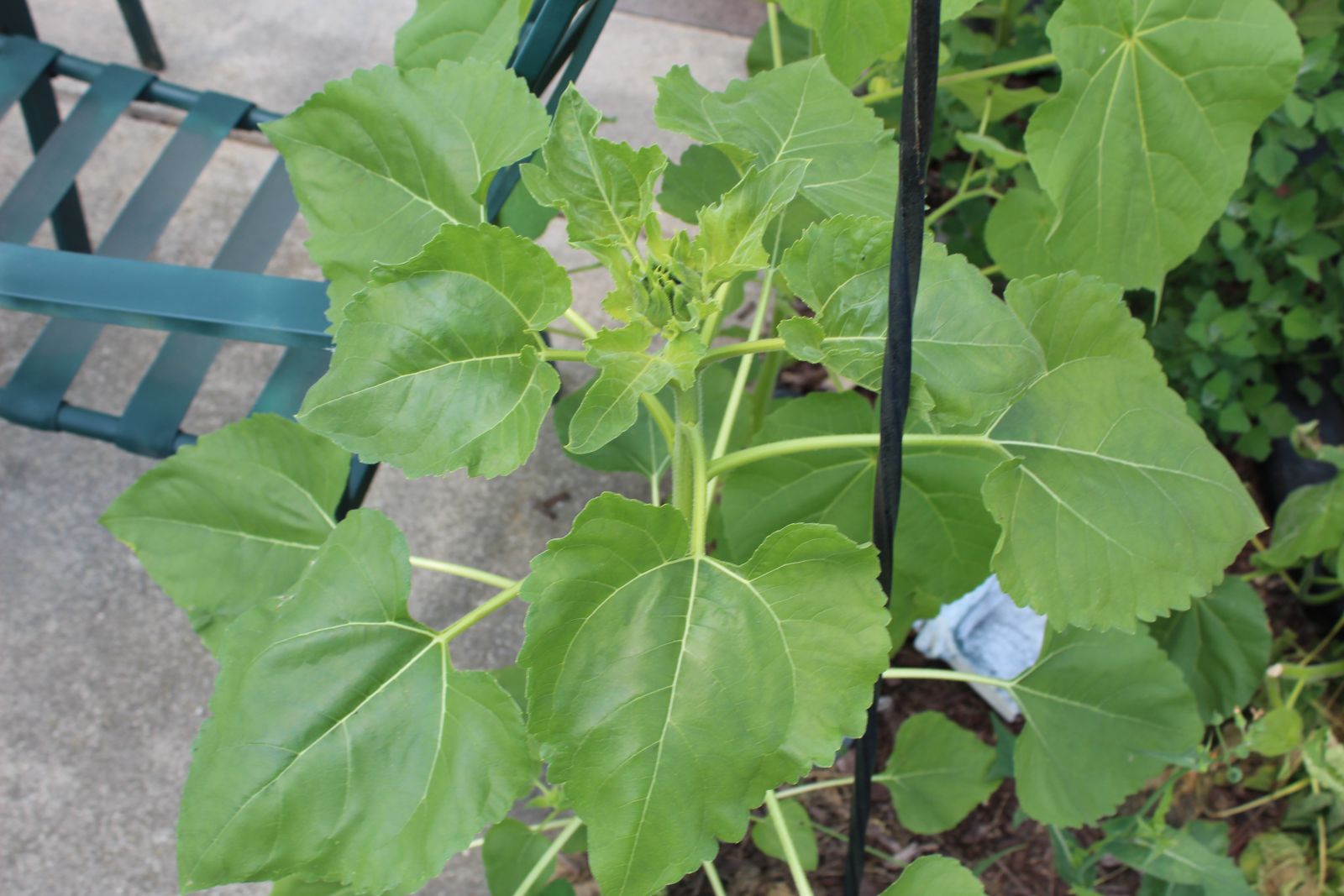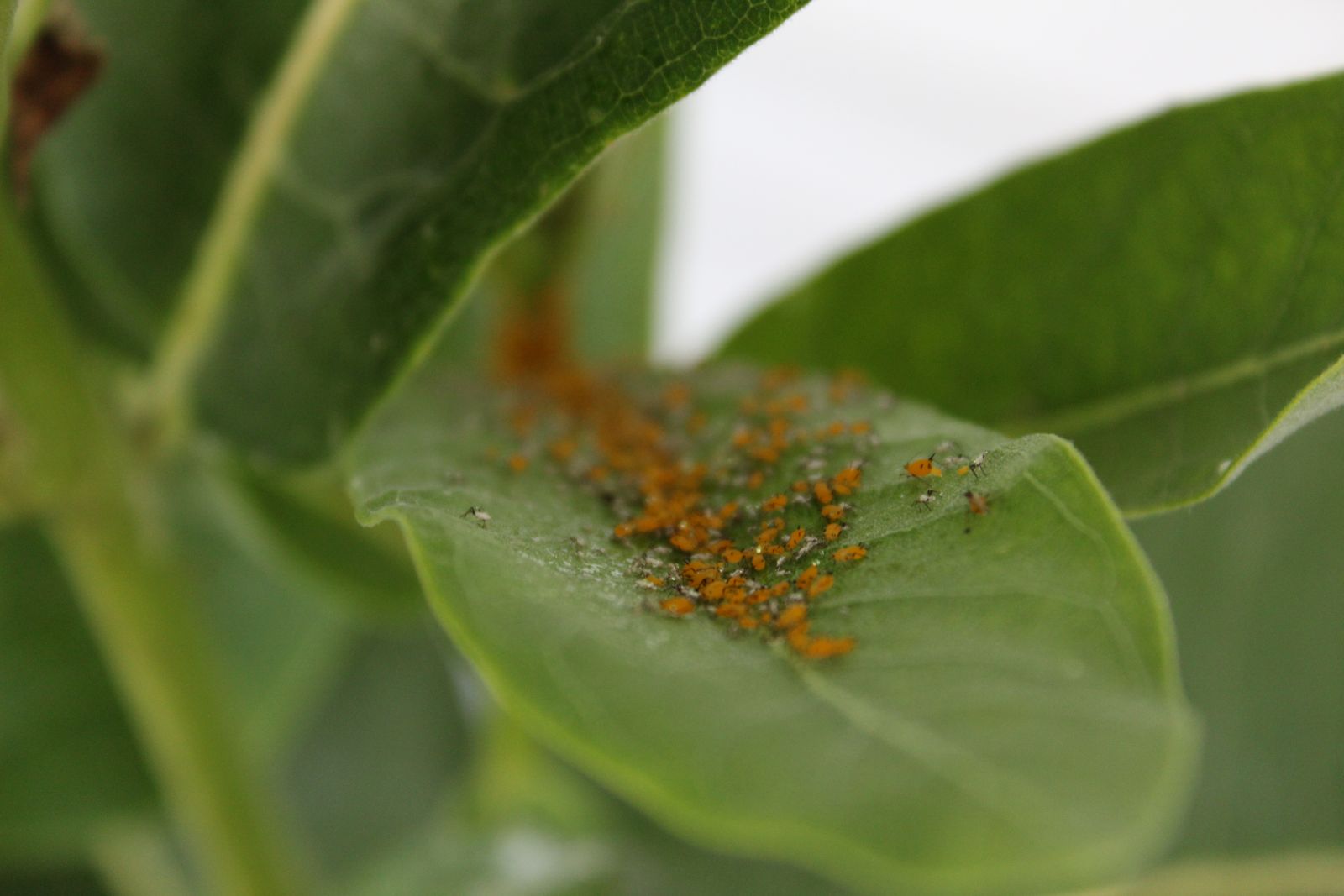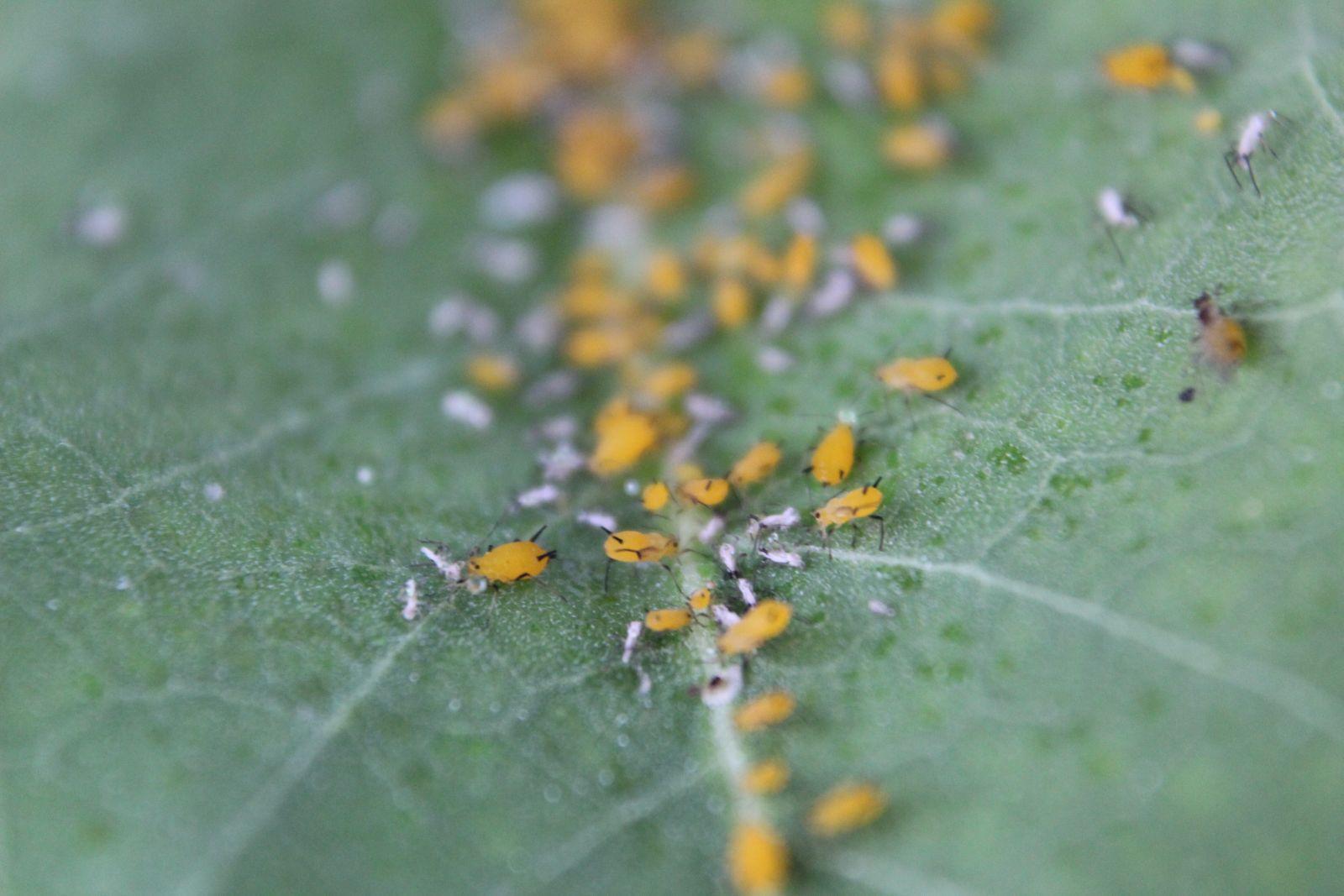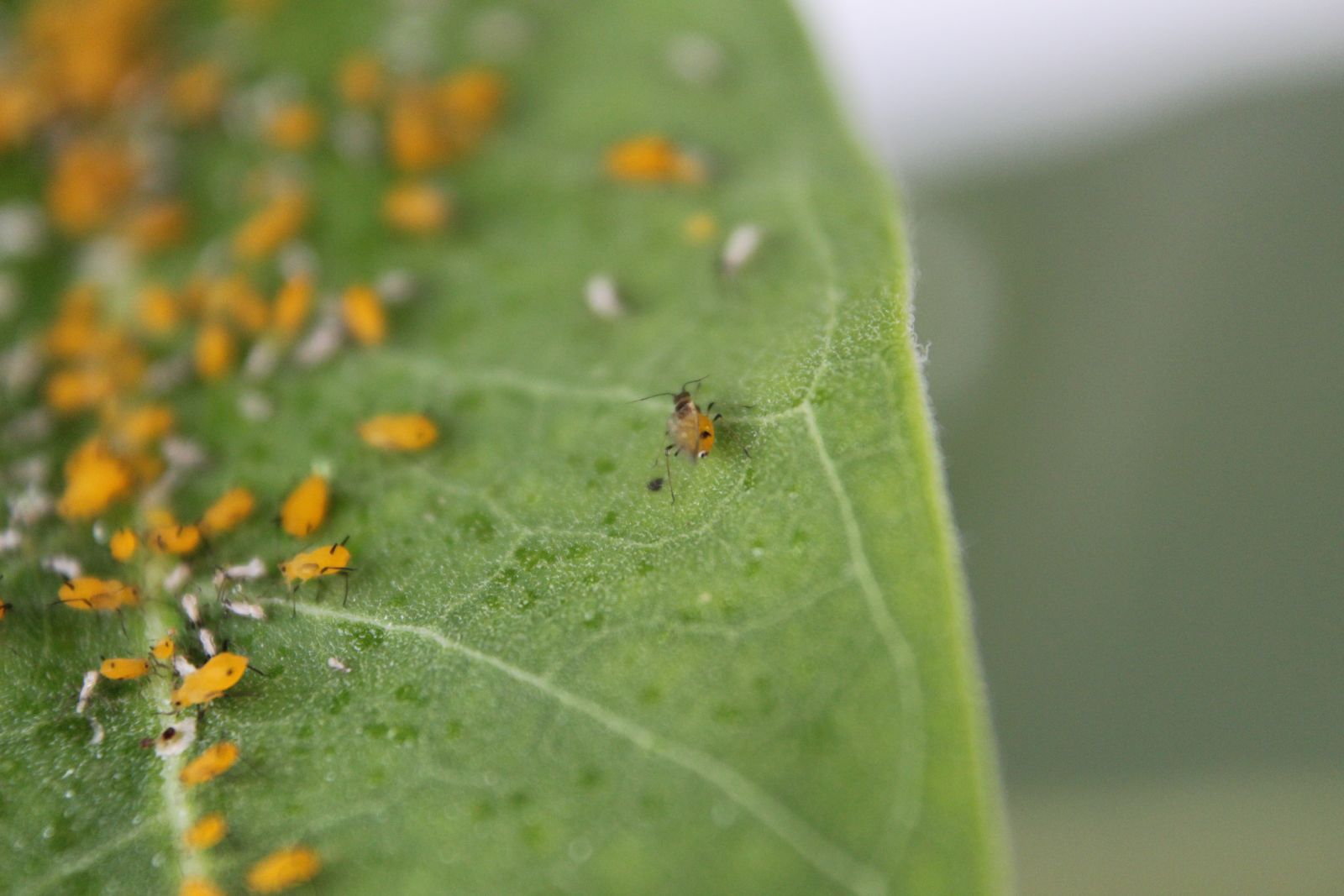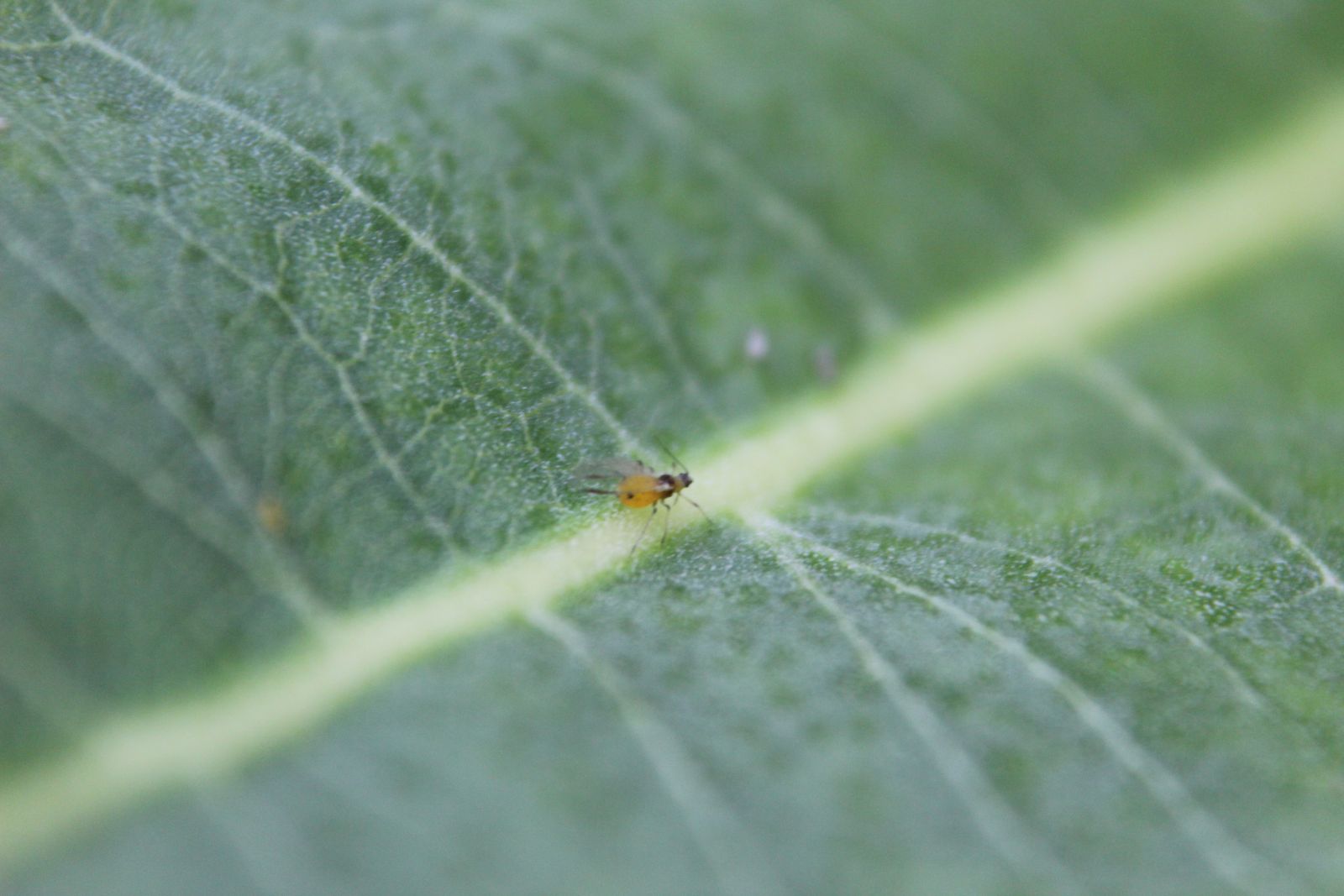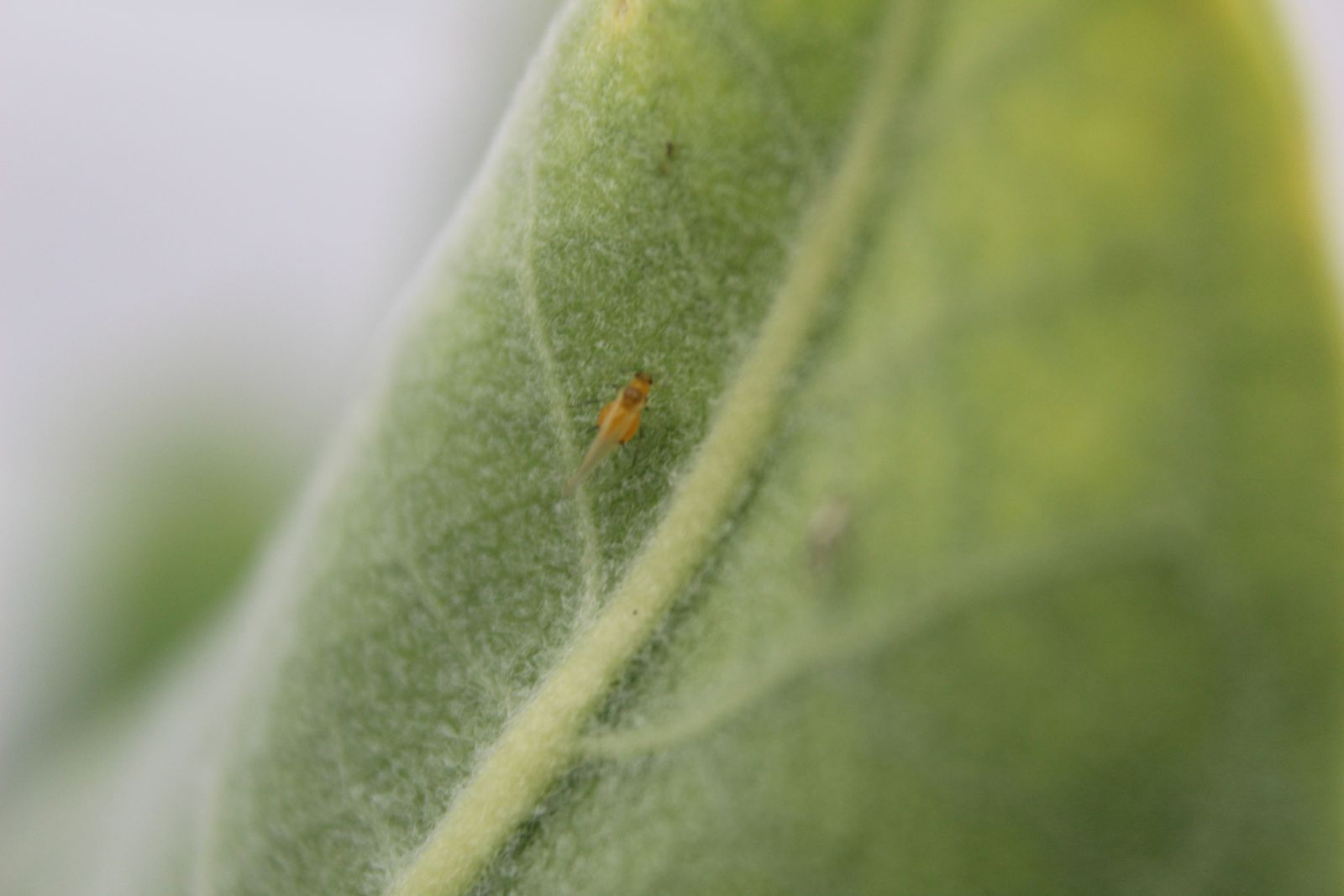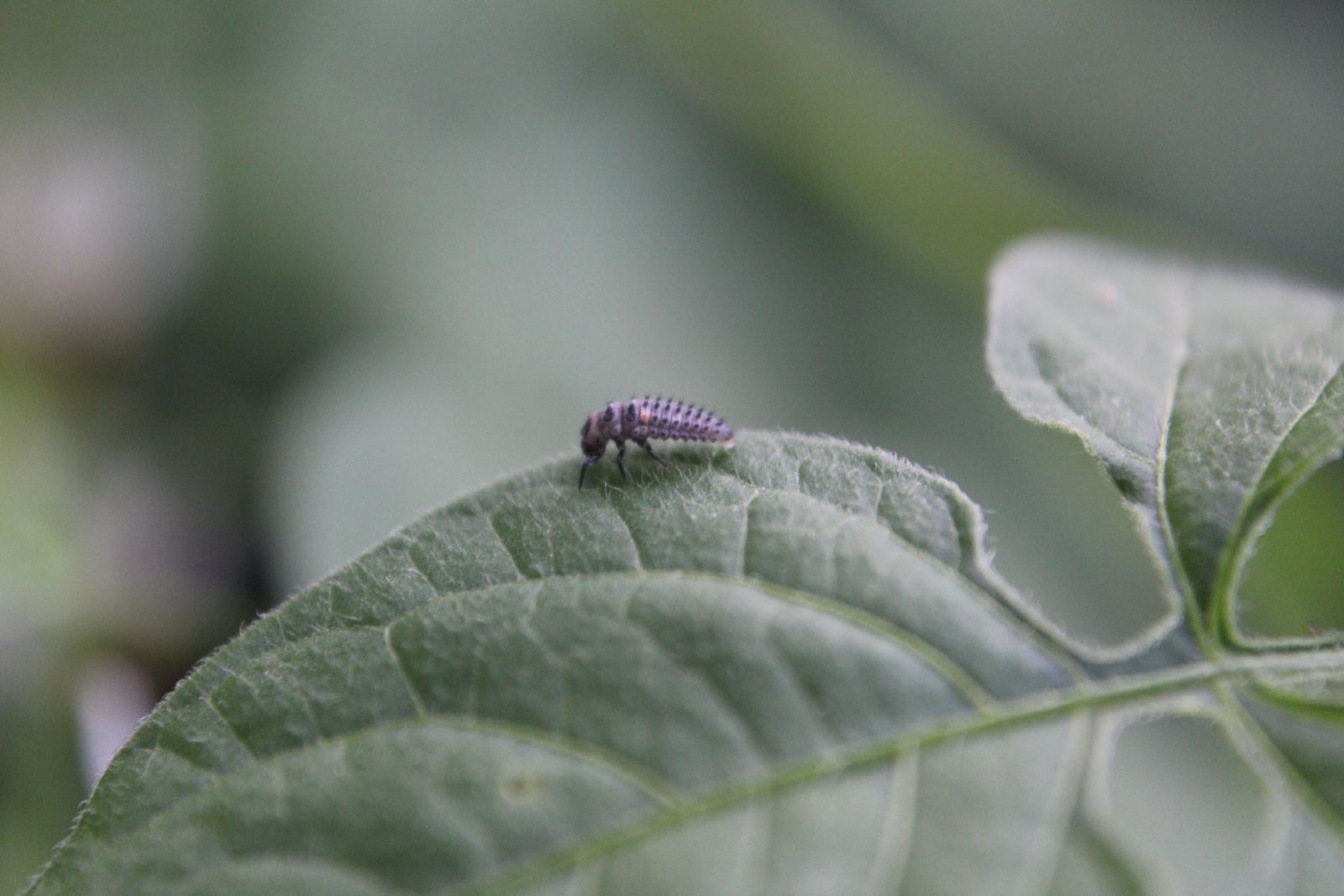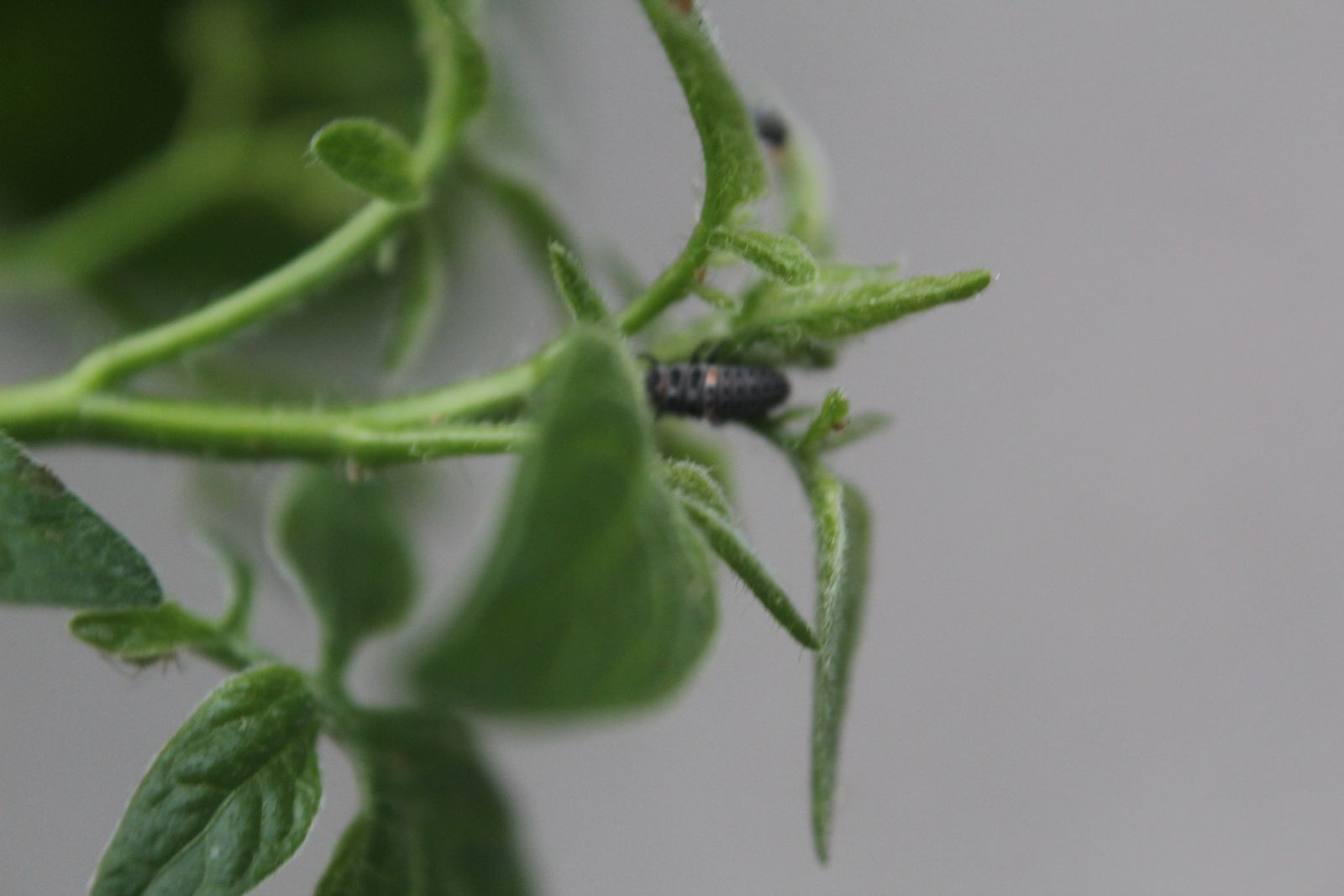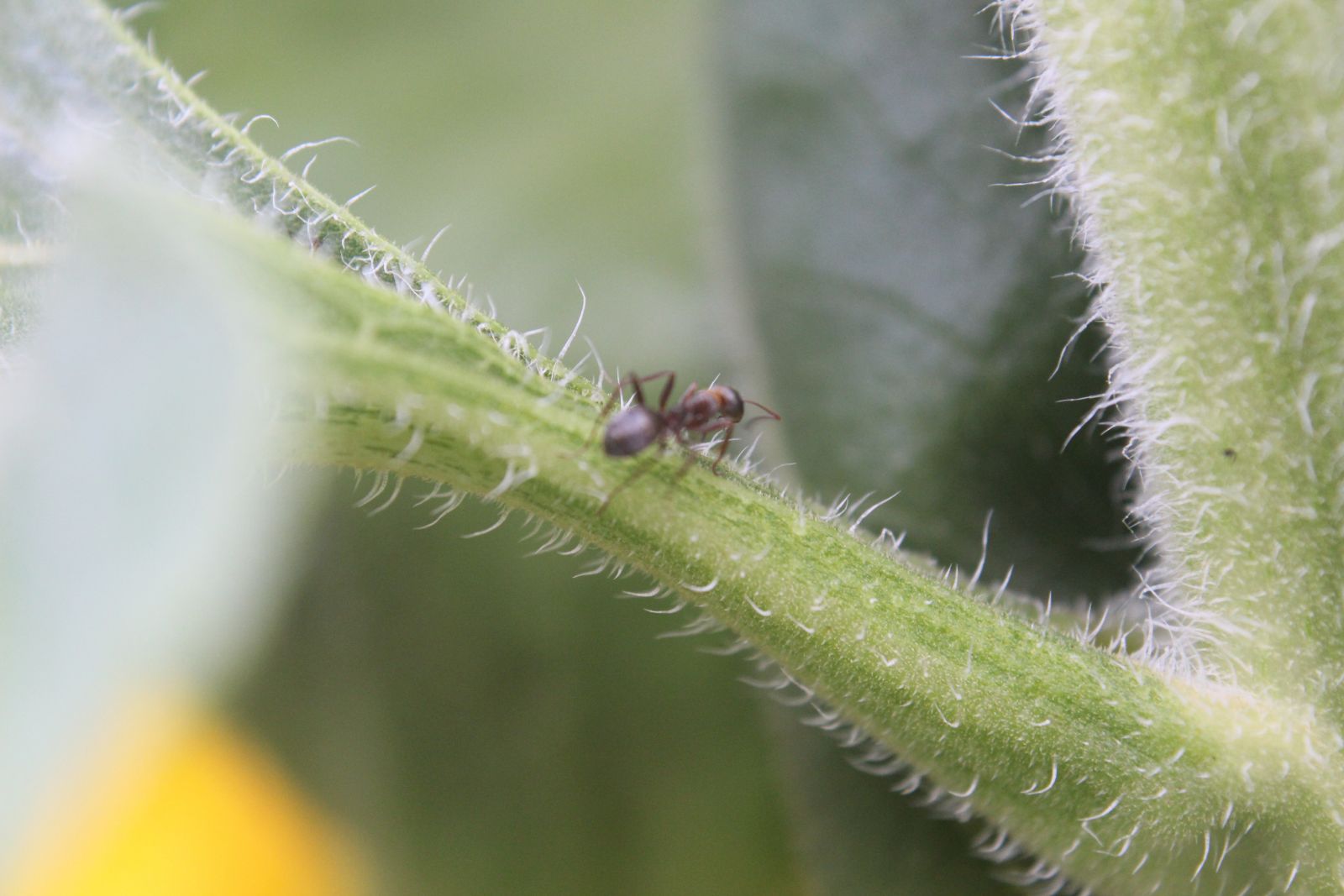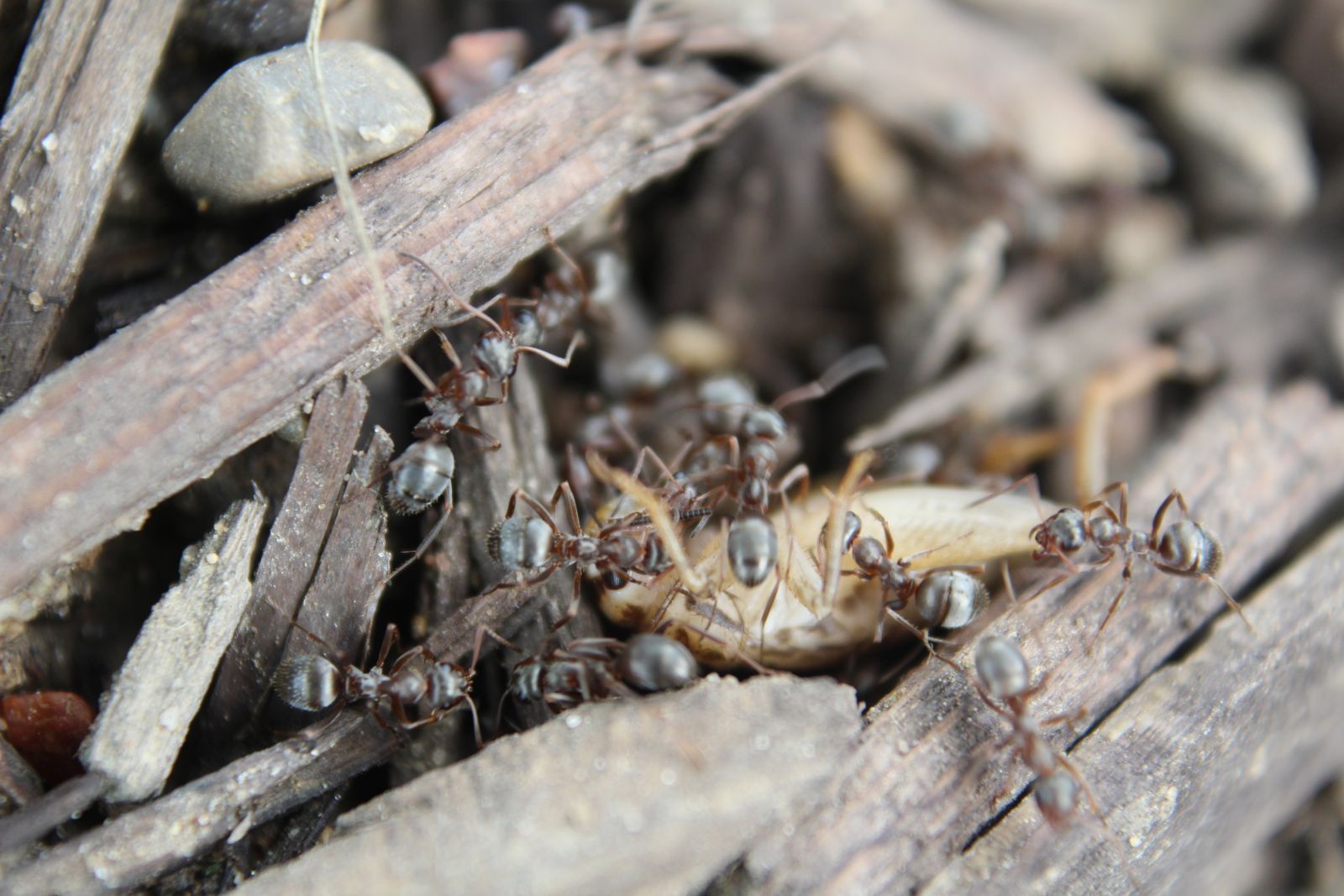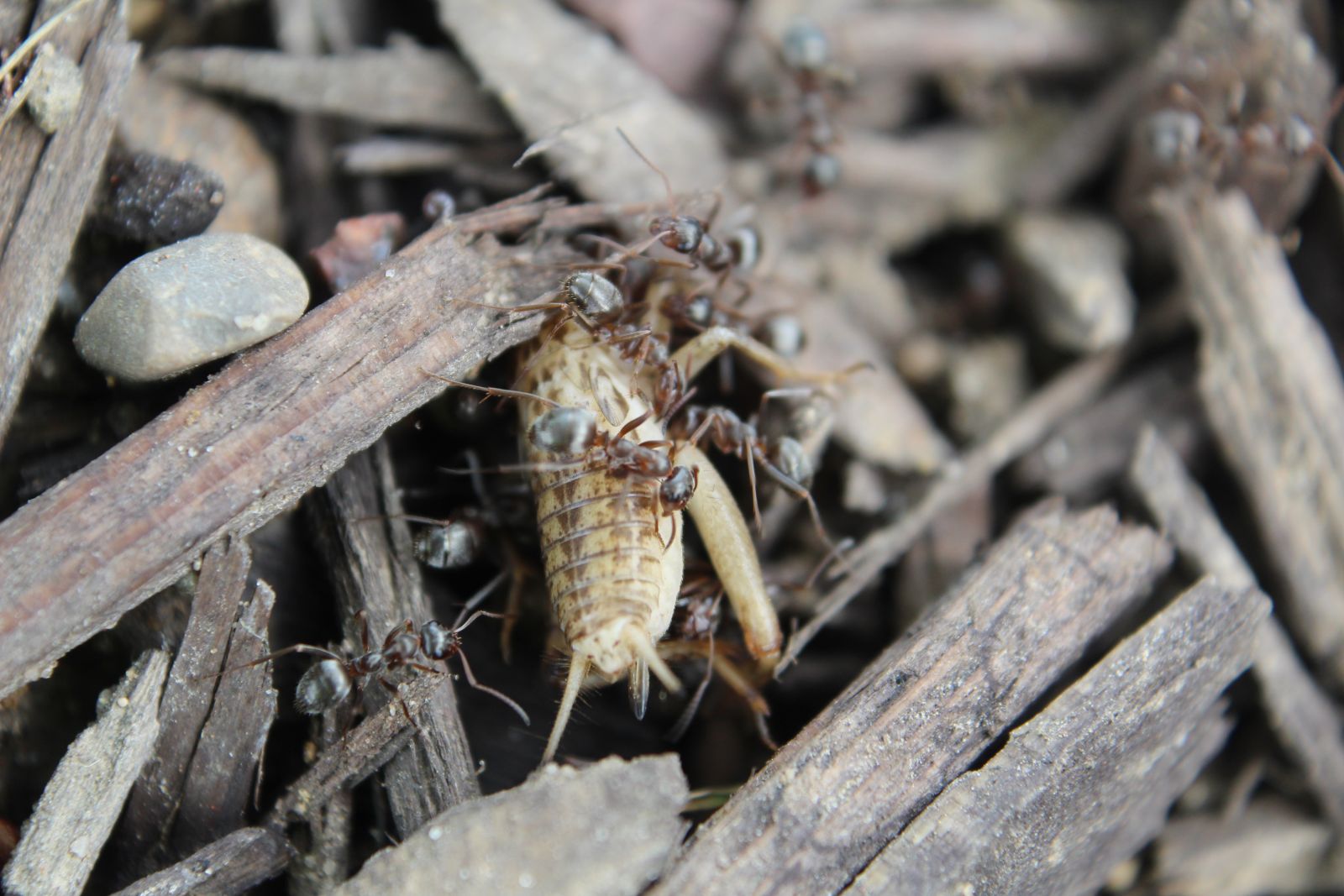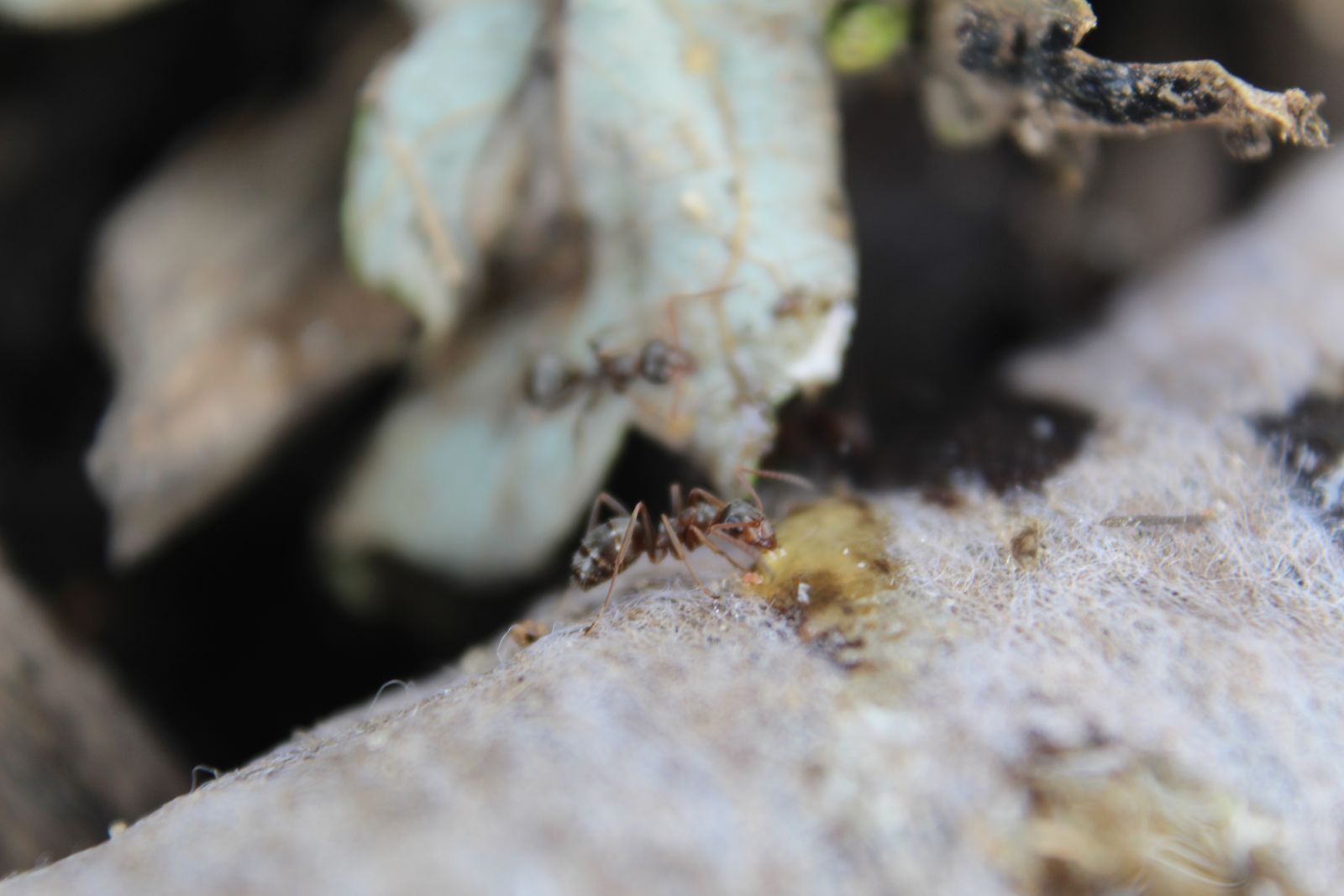July 21st - Tetramorium immigrans experimentation
This is my journal about eradicating Tetramorium immigrans in my yard, to see how that may effect the native ants. Tetramorium kills off lots of native ants, and over the next few years I plan to figure out how fast natives move in and which natives move in when Tetramorium is removed from the habitat. Hopefully, this will help other keepers who enjoy native fauna instead of the common invasives.
Right now, I see Formica montana and Camponotus pennsylvanicus as the native ants in my yard. I sometimes feed them dead insects I find around the yard to help, as it seems that Tetramorium outcompete them for food, and they've been raided by Polyergus this year. I fear they'll be outcompeted by the Tetramorium since the Formica are only out of the nest during the day.
I've planted all sorts of plants to assist the natives, such as milkweed and beans. I am also letting weeds grow around my pond. There's already pea aphids present in one of the areas with plants, however they have no association with ants so I am hoping to somehow acquire black bean aphids. I'm hoping that by making the yard a haven for native species such as Formica, Lasius, and Camponotus, the natives will thrive and resist any invasives that move into the area.
I poured a pot full of boiling water down one of the Tetramorium nests, and the next day there was no activity.
I am using this thread as a way of updating what happens if the invasives are removed, and how the native ants will do better without them. If you don't like the invasives getting removed, don't read this thread.





